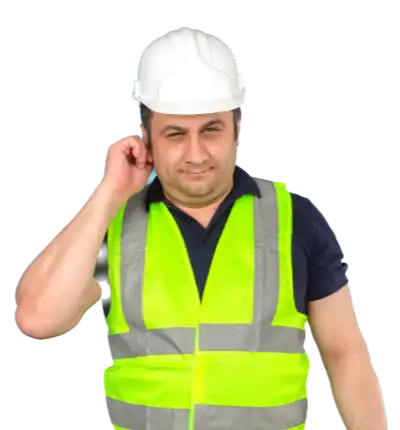4 Steps To Protect Workers Most Valuable Gift - Hearing
Sound is measured in decibels (dB) which is a measurement of strength of the sounds waves. When it comes to our hearing the louder the sound, the faster the damage the ear. Thus, identifying the noise levels quickly lowers the risk of a hazard. There are 4 steps to easily protect our most valuable gift - our hearing.

How is sound measured?
Sound is measured in decibels (dB) which is a measurement of strength of the sounds waves. When it comes to our hearing the louder the sound, the faster the damage the ear. Thus, identifying the noise levels quickly lowers the risk of a hazard. There are 4 steps to easily protect our most valuable gift - our hearing.
4 Easy Steps For Hearing Safety
Step 1
Identify any noise - Locate any worker task area that has noise levels above 85 dB. Look for ways to eliminate or reduce the hazard. If the exposure still exists PPE (personal protection equipment) is needed. For some industries Dosimeter Testing is required. Learn more >
Step 2
Identify The Hazard - Here is the quickest way to evaluate a work area to see if it is safe. If you can not hear an average persons normal speaking voice 2 to 3 feet away then the noise level is too high.
Step 3
Eliminate Or Lower The Risk - Can it be elminated? Is it possible to use quieter tools? Can you move? Does the task require being near the noise? Noise levels decrease as we increase the distance from the noise. Can it be moved? Locate the noisy equipment and move away from the work area. (E.g. move cutting area outside the work area.)
Step 4
Wear PPE - Earmuffs and/or earplugs must be inserted and worn correctly for noise exposure to be reduced.
- Roll the earplug into the cylinder.
- Pull back and up on the outer part of the ear to insert.
- Hold in place for a feww seconds until it expands.

Who Needs A Noise Test?
Noise is a problem if workers...









